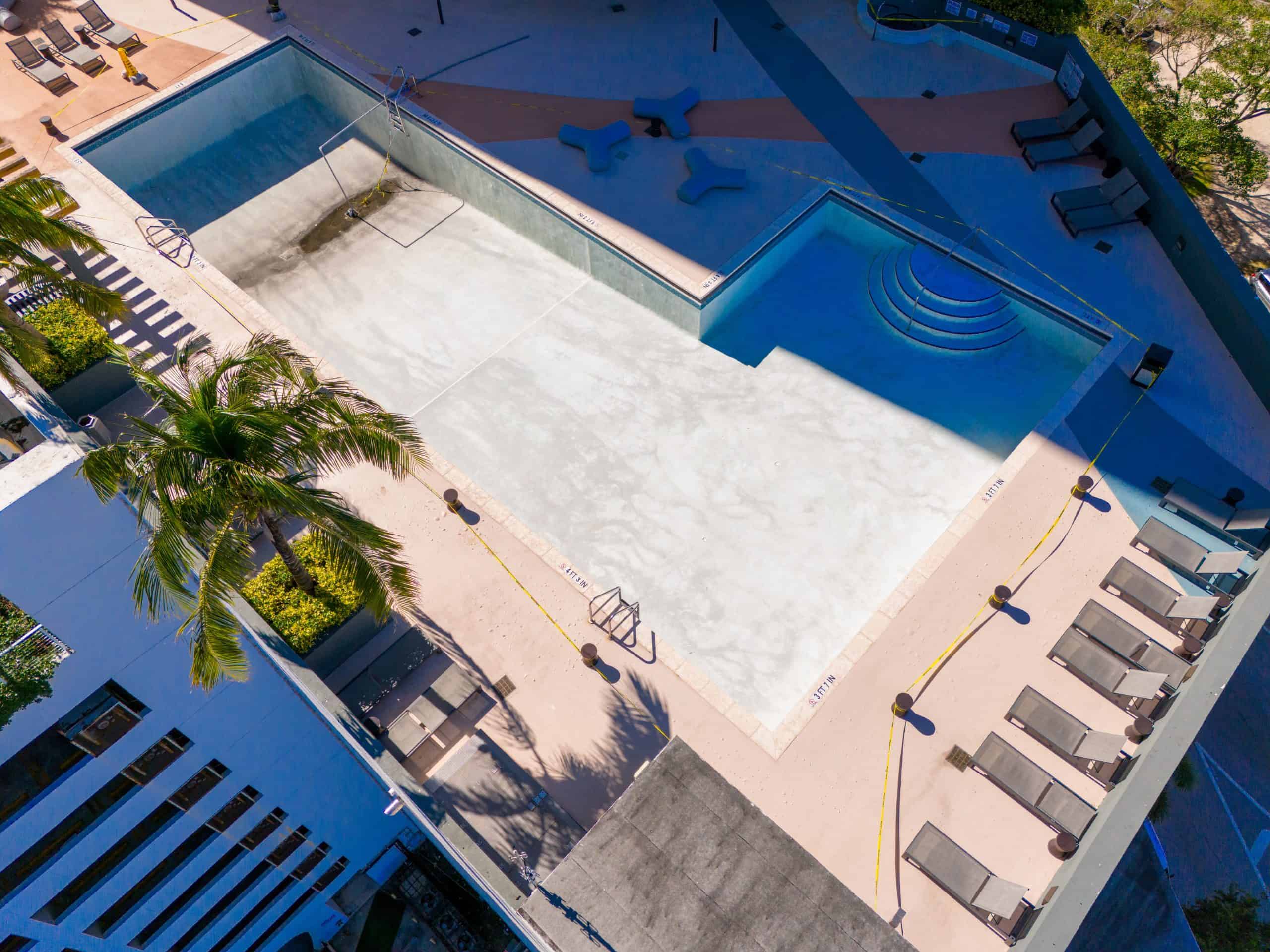Expert pool resurfacing that transforms worn surfaces into pristine swimming environments you’ll actually want to use.


Your pool becomes the centerpiece of your backyard again. No more rough, stained surfaces that make swimming uncomfortable or embarrassing when guests come over.
The new surface feels smooth under your feet and looks clean enough that you’ll actually want to dive in. Your pool equipment runs more efficiently because proper resurfacing improves water circulation and reduces strain on pumps and filters.
You stop worrying about small cracks turning into major structural problems that cost thousands to fix later. The investment protects your property value while giving you years of worry-free swimming.
DCPP Services has been serving Broward County pool owners who understand that professional maintenance isn’t an expense—it’s protection for their investment. We hold CPO certification, which means our technicians follow industry-leading practices for safe pool operations.
We’ve built our reputation on upfront pricing and clear communication. No surprise charges, no hidden fees, no excuses about why the job took longer than expected.
Melrose Point homeowners deal with unique challenges—salt air, intense UV exposure, and year-round pool use that puts extra demand on surfaces and equipment. We understand these local conditions and how they affect pool maintenance and resurfacing needs.

First, we drain your pool completely and assess the existing surface condition. This reveals any underlying issues that need attention before applying the new surface material.
Next comes surface preparation—removing the old finish, repairing cracks or structural problems, and ensuring the base is ready for the new application. This step determines how long your new surface will last.
The new surface gets applied using professional-grade materials designed for Florida’s climate. We use techniques that ensure proper adhesion and curing, which prevent premature failure.
Finally, we refill your pool, balance the water chemistry, and walk you through the care instructions for your new surface. You get a timeline for when you can start swimming again—usually within a week, depending on the material used.

Ready to get started?
You get a complete surface replacement, not just a patch job. We use materials that handle Florida’s intense sun and frequent use without breaking down quickly.
The service includes crack repair, surface preparation, new finish application, and proper water chemistry balancing. We also inspect your pool equipment during the process and let you know if anything needs attention.
Melrose Point’s coastal location means pools face extra challenges from salt air and humidity. The materials and techniques we use account for these conditions, giving you a surface that lasts longer than standard approaches.
We provide clear timelines, explain what you can expect during each phase, and communicate any issues we discover before proceeding with additional work. No surprises, no pressure to buy services you don’t need.

Ready for a Pool You'll Love?
Contact us today for a free quote!
DCP Pool Services
Company
Useful Links